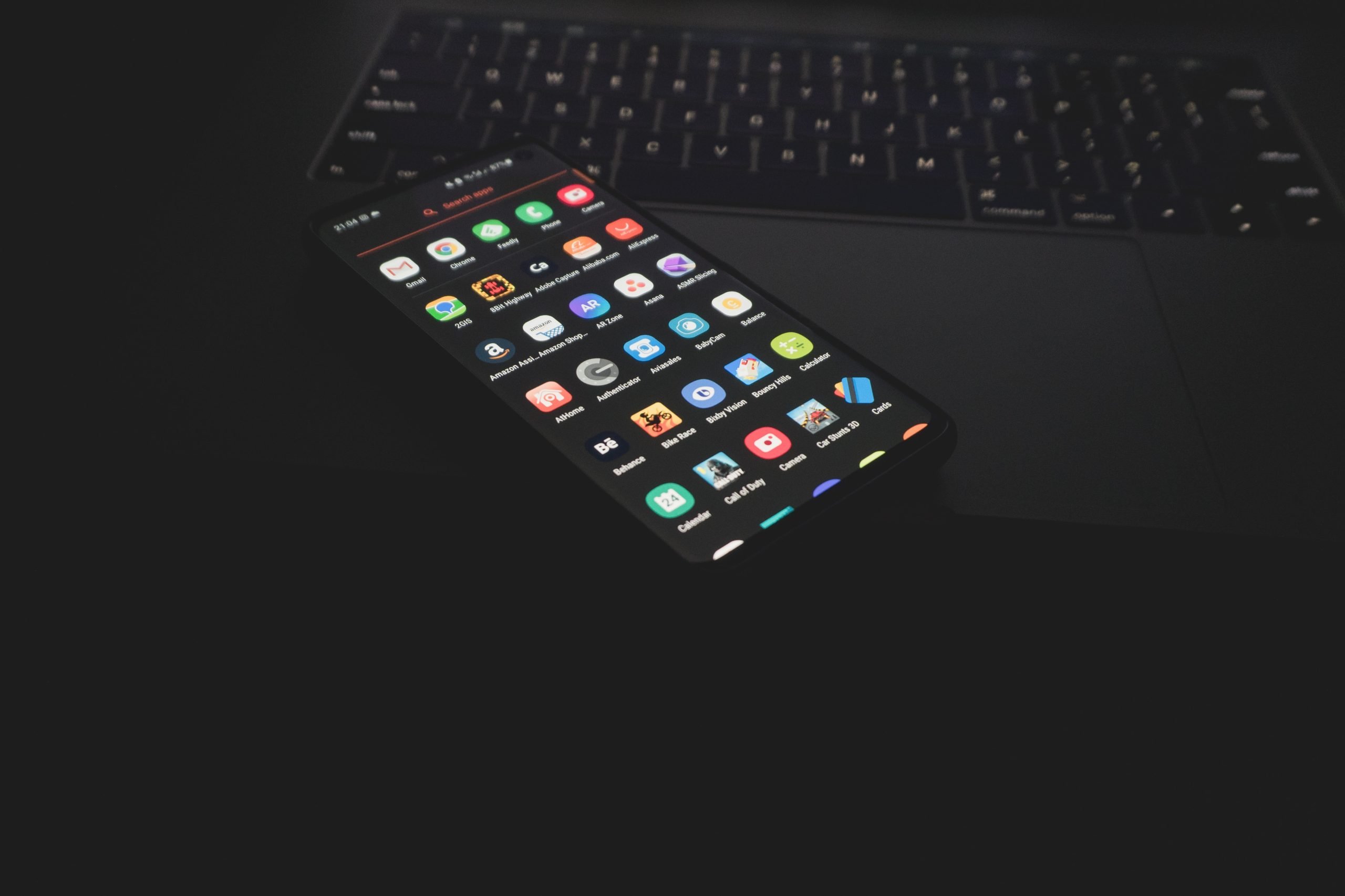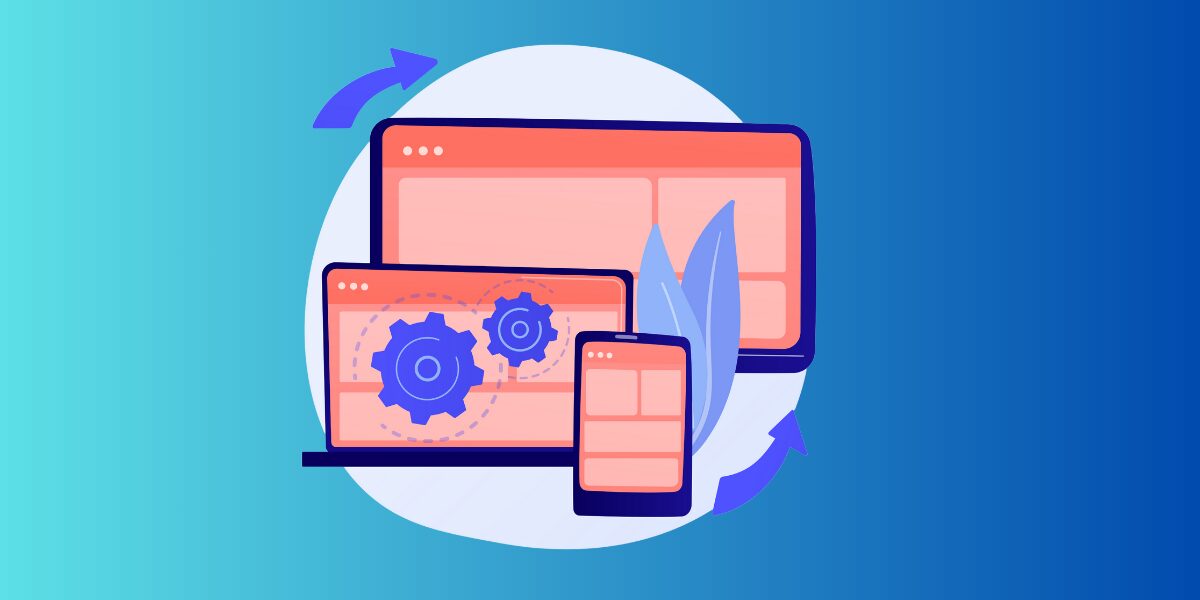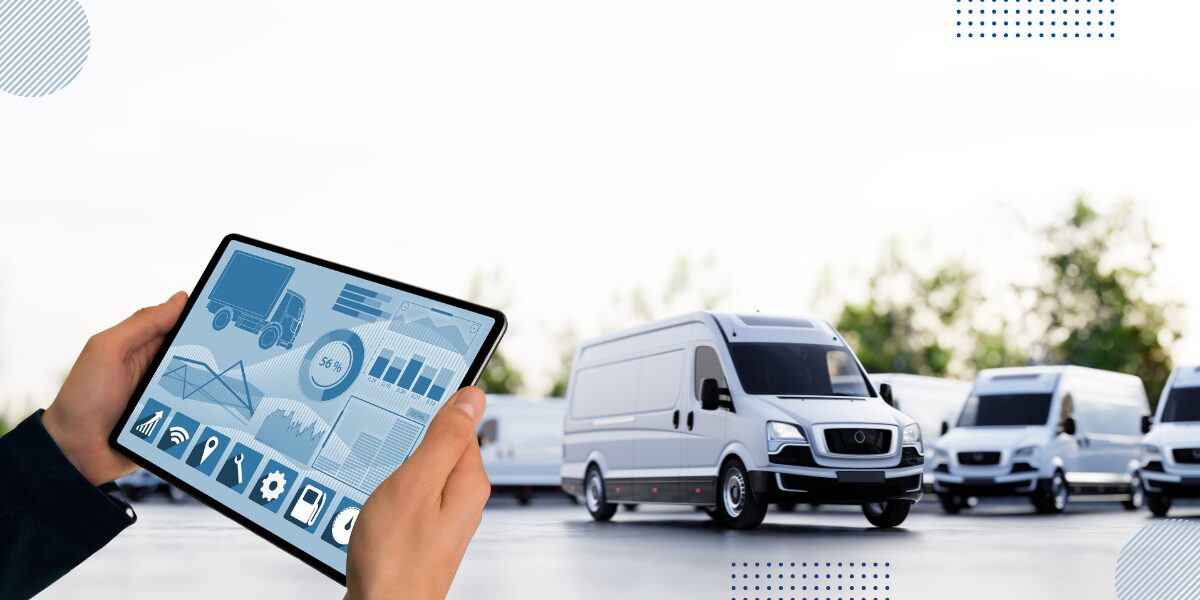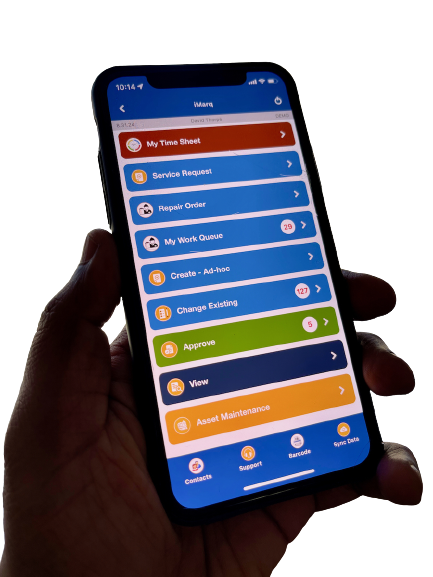Is your peanut butter smooth or chunky?
Inspection needs surround us. While we live in a world with remote sensors and an expanding universe of the Internet of Things, growing drone technology, it will take decades (if ever) to eliminate the need for a person to provide a physical inspection of geographically spread assets. For utilities, substation equipment still requires inspection. Mass Transit operations need inspection of their rolling stock as well as their far flung assets. Process plants often still require a person to make a route, inspect and record results.
More than 41 years have passed since the famous 1975 Business Week article speculating about the imminent demise of paper. Yet, many companies still use paper forms for the inspections of this equipment.
Why haven’t we done more?
Why do we still use paper?
For large companies, an immense amount have work has been spent on the ERP systems. For those not acquainted to Information Technology business systems speak, ERP is an acronym. I think it means Enormous and Ridiculously complex attempts of senior management and IT to integrate and fully rationalize everything while draining the life out of all Progress. We spread the same technology on all systems like peanut butter; forcing a fit, even though different types of assets have difference characteristics, and different departments have different needs.
I am guilty of having forced this in the past. The business unit in charge of maintaining a certain field asset (the case I am thinking of now was a utility’s distribution substations) wanted to implement a simple system from a vendor that was designed just for the purpose of inspecting this asset. The form had the nomenclature right, their consultants knew the needs of our departments’ people, and they could move NOW. They felt they had a win/win.
In IT, we were aghast that they wanted to blunder forward with this simplistic system. We already had what we felt was appropriate software as part of our ERP system! We envisioned a large and steady implementation of mobility through our many different types of assets. Why on earth should we be forced to maintain this poorly made, simplistic system just for one department?
We (IT) won. We (company) lost. Many years have passed and the inspections are still handled by paper.
Standard Battle Parameters
Here are the opposing forces:
- Central Planning: Great in theory, we all want an integrated, homogenous system that efficiently meets all needs. In practice, think of the success of Central Planning in the USSR.
- Independent Departmental Action: Business departments love the simplistic and targeted cloud solutions that allow them to bypass IT and get things done. They can move and quickly implement new technologies. In practice, think of the success of Afghan warlords in national building.
- Finance: The increasing focus on mobility has brought the development of a mobile component being built into every ERP system or large business system. In many cases, this is already ‘owned’ by the company. So now the question comes, do you implement software ‘because it is free’, or is it less expensive to implement purpose-built mobility that is much faster and less expensive to implement and provides additional benefits?
A Different Viewpoint
The world has changed.
I remember when laptops were first put in trucks. Some of the problems include screen damage caused by screwdrivers as our technicians rebelled at the new technology and made sure that we knew that the expensive ruggedized laptops were not rugged enough.
Years later, we succumbed to pressure to purchase Microsoft Office for these travelling laptops as the then current user demanded the capabilities they had at home or in the office.
Universally, everyone is used to carrying around a relatively expensive device in their pocket. This device has a lot of capabilities, and keeps improving. This device communicates, takes pictures, provides geospatial information, gives travelling directions, records sound, and provides various types of measurements (try an internet search on ‘what can an iPhone measure.’)
And, it keeps improving. Instead of focusing on large business wide systems with their road map of slow and expensive upgrades, why don’t we take advantage of the quick progression of these ubiquitous tools?
Focus on the mobile user and the application of the tools that your field people use. Each business department has different forms, logic and business rules for a purpose. The Mobility solution MUST include the native flexibility to allow these to be easily configured in, and also to be rapidly changed so upgrading to new business practices or technology changes can be easily accomplished. Appropriate integrations to existing or new business systems need to be developed (but over-complicating these will reduce the future-proofing of the solution.)
Opening our eyes to the merger of consumer and business technology allows us to take advantage of the technology successes of the world. But, it means we no longer slowly spread our large systems through all aspects of the enterprise. Putting in a focus on mobility provides flavor chunks that will ease implementations, reduce costs, and take advantage of pervasive yet inexpensive technologies and future proofing our capabilities.





